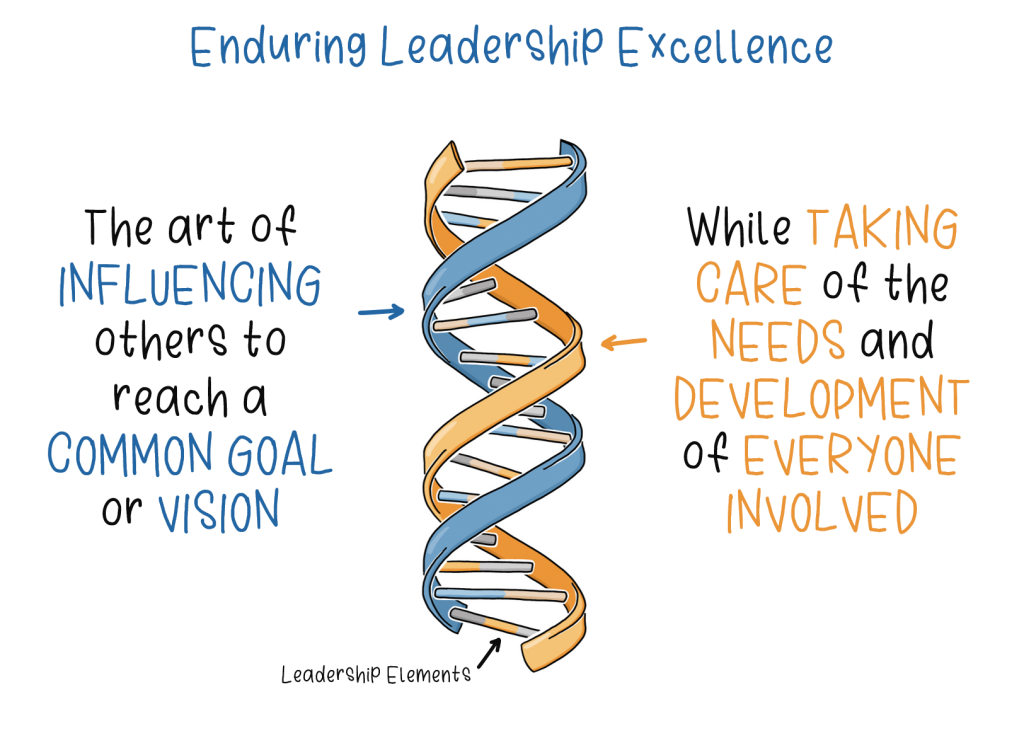Do your people trust you? Do you trust them? Well, newsflash: if you want to lead in the post-pandemic world, you will have to trust your people. And in turn hope that they’ll trust you.
Gone are the days where you could always have an eye on your people’s work and always have an idea about what was happening. In the future, you need to develop your own leadership presence so that you lead whether you’re physically there or not. We define leadership presence as being inspiring, transparent, caring for the individual and the team, having a focus on goals and targets, being inclusive and listening rather than talking. Most of which is expressed in our definition of Enduring Leadership Excellence.
No lab access: deliver results and do look after your children, too!
The past year has shown a leap in dissatisfaction in research, increased stress levels, increased interest in jobs outside of academia and also increased loneliness across the board. Add to that the absurd expectations that people are able to deliver results based on pre-pandemic criteria – such as access to the lab, physical team-work, or the ability to have children in school or daycare.
Changed conditions, changed behaviours
The post-pandemic leader will have to lead differently since the workplace of tomorrow continues to be more of a hybrid between work and home. This increases the demand for presence because you need to know how your people are doing beyond completing tasks. You need to know how they’re actually doing – both workwise and personally.
What to do
The post-pandemic leader will spend more time on actually leading:
- Checking in on people either physically or online.
- Making efforts to meet and talk rather than accidentally meeting people by the coffee machine or in the cafeteria.
- Asking more questions trying to understand rather than telling what to do.
- Having structured 1:1s with people.
- Displaying and giving more trust which will also lead to higher levels of being trusted. Trust is an absolute requirement when you want to take the work in a given direction yet may not see each other for periods of time. And you need to make the first move.
- Defining, displaying and talking more about values (what do people say and do?)
- Being consciously aware of creating an environment where people feel inspired.
- Making conscious efforts to find out when people feel motivated.
How to gain presence
Increased presence can be achieved through a practice of mindfulness, or through meditation. Leadership Sculptor and its clients have found the following apps to be helpful to cultivate mindfulness: Headspace, Balance, Calm or Insight Timer.
Advantages of increased presence
Even if it is usually cumbersome to change one’s way of working, one of the hallmarks of good leaders is flexibility. Developing increased presence requires that and it is also of mutual benefit for both the leader and her people. Some of the advantages are:
- You are able to focus better.
- You feel more calm and at ease.
- Your will probably increase your self-esteem.
- Your relationships with others will probably increase.
- You probably relax more in your interactions with your people which increases the likelihood of your conversations being more productive and even more pleasant.
- You enhance the mutual trust levels between you and your people will go up.
Adjusting your post-pandemic leadership style benefits not only you, but also your people, and your results.
Contact Us
If you would like to find out how you can develop your post-pandemic leadership style, please contact us for a no-obligation call.


